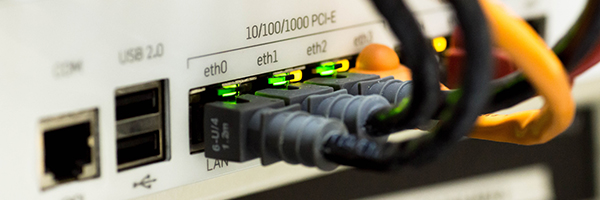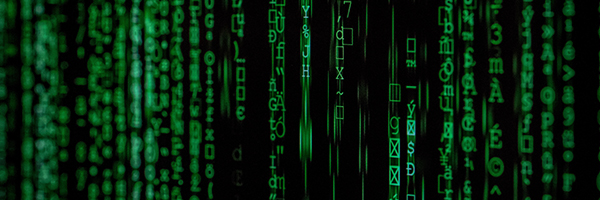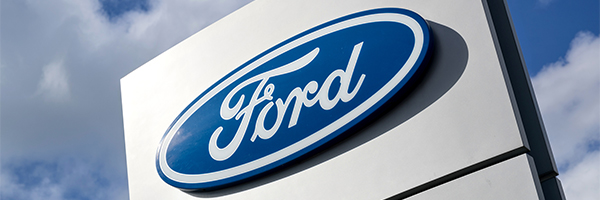
November 30, 2021 | AAPL, Daily JAM, Jubak Picks, Volatility |
Even as losses accelerate for almost all stocks as we head into the close today–the Standard & Poor’s 500, which was down 1.31% at 2:30 In New York had moved to a loss of 1.74% as of 3:30–shares of Apple (AAPL) continue to hang onto the green.
November 23, 2021 | Daily JAM, Jubak Picks, VGIT, VGSH, Volatility |
On what looks like solid odds for interest rate increases in 2022, I’m selling my remaining Treasury ETFs out of my portfolios.

November 22, 2021 | AAPL, Daily JAM, Jubak Picks, Volatility |
It was sure hard to see a market melt up today, November 22. The Standard & Poor’s 500 was down 0.32% and the NASDAQ Composite fell 1.26%. Market leaders in the melt up rally like Applied Materials (AMAT) and Microsoft (MSFT) were down 1.65% and 0.96%, respectively. And it was even harder to see the trend I thought might be on its way in my Friday, November 19 post “Forward into the past with tech stocks:We’re seen this market before.” The rotation into tech stocks that I saw on Friday turned into loses of 3.12% for Nvidia (NVDA), and 1.92% for Alphabet (GOOG.)
But I suggest that you take a look at Apple’s (AAPL) performance today

October 27, 2021 | Daily JAM, ERIC, Jubak Picks |
I bought Ericsson (ERIC) back on August 5, 2020 because of the growth it would see, I thought, from the roll out of the next generation –5G–of wireless systems. The problem for the company–and the stock–is that it has been hit hard the global battle between China (which has championed its own equipment vendors) and Sweden and other Western governments that worry that Chinese equipment suppliers such as Huawei with their close ties to the Chinese government and its military pose a security threat to their telecom networks.

October 18, 2021 | AMAT, AMD, AMSC, ASML, Daily JAM, EVGO, F, FCX, Jubak Picks, Mid Term, Millennial, NJDCY, NVDA, SEDG, Special Reports, TSLA, Volatility, VWAPY |
Yes, we want to buy on the dip. Whenever we get a significant dip. (And significant to me is 5% or more in the major indexes–and 10% or more in specific sectors.) But, we need new strategies for buying on the dip that take into account the market’s valuation problem, the central bank tightening that looks to be in the cards, and the real possibility of a dip in growth below forecasts in 2022. I’ve got fouir strategies to suggest for buying in this market on these dips. And 14 picks to use to execute those strategies.

October 11, 2021 | Daily JAM, Jubak Picks, Videos, XYL |
I’m starting up my videos on JubakAM.com again–this time using YouTube as a platform. My fifty-sixth YouTube video “QuickPick Xylem” went up today.

September 30, 2021 | Daily JAM, Jubak Picks, V |
Today, September 30, I'm making Visa (V) my sixth pick in my Special Report: 10 Greatest "Savings Ac... To subscribe to JAM you need to fill in some details below including, ahem, some info on how you'll pay us. A subscription is $199 (although if you're subscribing...

September 29, 2021 | AMD, Daily JAM, Jubak Picks |
With supply chain "glitches" continuing to shred revenue and earnings forecasts for technology compa... To subscribe to JAM you need to fill in some details below including, ahem, some info on how you'll pay us. A subscription is $199 (although if you're subscribing...

September 15, 2021 | AMAT, Daily JAM, Jubak Picks, MSFT, NVDA, Special Reports, Top 50 Stocks, TSM, V |
You know how a savings account works, right? You deposit money in a bank. The bank uses your deposit to make a loan. Out of its profits, the bank pays you interest. That interest payment is a pittance today. 0.5% if you’re very, very lucky. But the national average is just 0.06%. What I’m calling “savings account stocks” work the same way that a bank savings account does. (Share prices do fluctuate but in the long run I’d argue that these stocks are as safe as a bank savings account.) And they pay an annual return that’s 10X–or much, much more–higher–than the paltry 0.5% now offered by the highest yielding savings accounts. How do these stocks work and why are they so much better than bank savings accounts? You–investors–give the company capital by buying newly issued shares or company bonds. The company invests that cash in making widgets or apps or whatever. And the company returns the bulk of the profits from those investments to the owners of its stock in the form of dividends, stock buybacks, and the appreciation in share price that results from the growth of the company’s business over time. I’m posting the first of my 10 Greatest “Savings Account Stocks” today and my Special Report will name a total of 10 great “savings account stocks” in posts over the next week. Today’s Greatest Savings Account Stock Pick: Microsoft (MSFT). The average annual return on Microsoft shares has been 28% over the last 10 years. Beats that 0.5% on a savings account, no?

August 30, 2021 | CRWD, Daily JAM, Jubak Picks, OKTA, PANW |
In last week’s video QuickPick of Palo Alto Networks (PANW) I promised a longer take on the cybersecurity sector and another pick for my portfolios to go with Palo Alto Systems and CrowdStrike (CRWD). This post is that (somewhat) longer take and OKTA (OKTA) is my promised pick for my Jubak Picks and Millennial portfolios.

August 27, 2021 | Daily JAM, Jubak Picks, PANW, Videos |
I’m starting up my videos on JubakAM.com again–this time using YouTube as a platform. My forty-fifth YouTube video “QuickPick: Palo Alto Networks” went up today.

August 24, 2021 | Daily JAM, F, Jubak Picks |
Shares of Ford Motor (F) are up 3.02% as of 3:15 p.m. New York time today, August 24, on news that the company has doubled its production target for the F-150 Lightning because of strong early demand for the full-sized electric pickup truck ahead of its 2022 launch. The automaker is targeting annual production of more than 80,000 in 2024, up from its prior target of more than 40,000.













